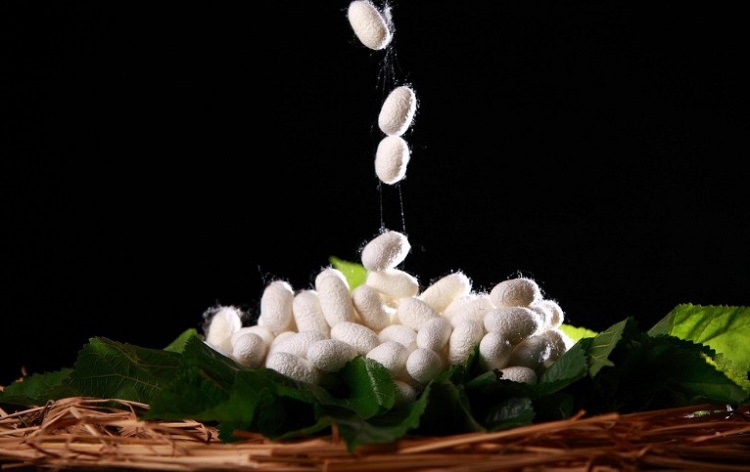Silk is composed of protein fibers, and has good biocompatibility with the human body, coupled with smooth surface, its friction stimulation coefficient to the human body is the lowest in all kinds of fibers, only 7.4%.
Good moisture absorption
Silk protein fiber is enriched in many amine (-CONH), amino (-NH2) and other hydrophilic groups, and because of its porous, easy to diffuse water molecules, so it can absorb water in the air or emit water, and maintain a certain amount of water. At normal temperatures, it helps the skin retain moisture and doesn’t dry out too much. Wear in summer, and can be the body’s sweat and heat quickly release, make people feel very cool.
Silk not only has good heat dissipation performance, but also good heat preservation. Its insulation benefits from the porous fiber structure. Silk fibers contain many very small fibers, which in turn are made up of even smaller fibers. As a result, the seemingly solid silk is actually more than 38 percent hollow, and there is a lot of air in these Spaces, which prevents heat from escaping and gives the silk excellent warmth preservation.
Uv resistance
The tryptophan and tyrosine in silk protein can absorb ultraviolet light, so silk has good anti-ultraviolet function. And ultraviolet light is very harmful to human skin. Of course, silk in the absorption of ultraviolet light, its own chemical changes, so that silk in the sunlight, easy to yellow.

